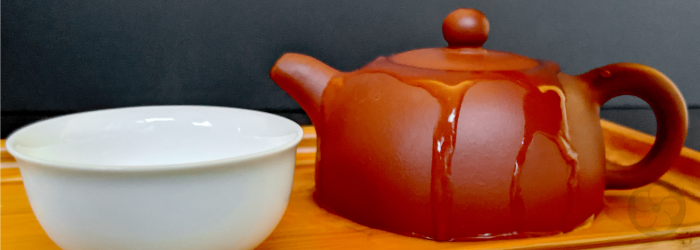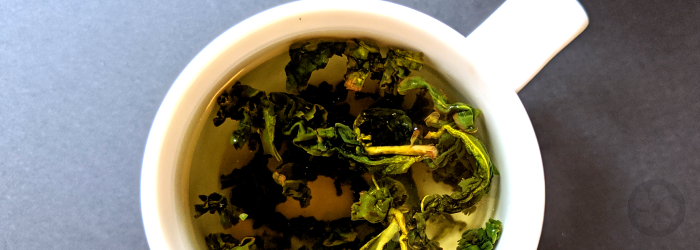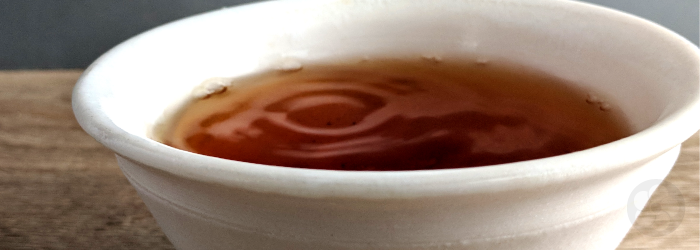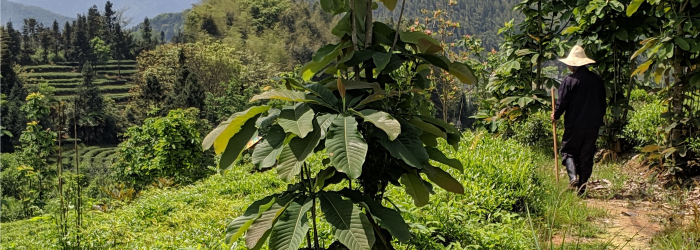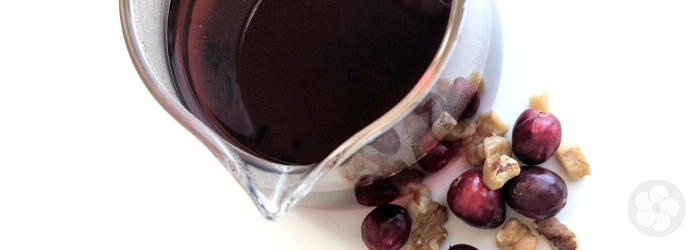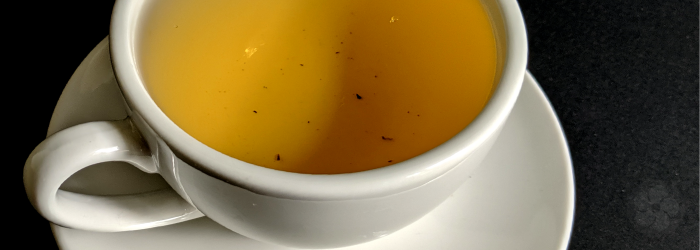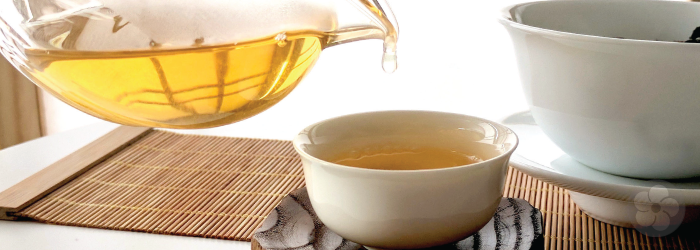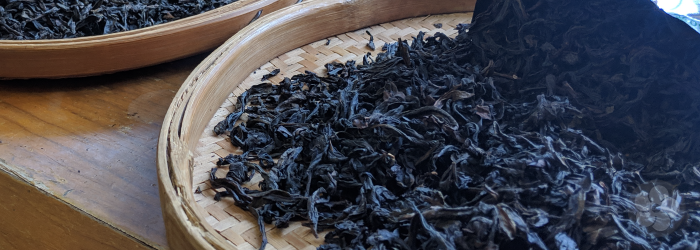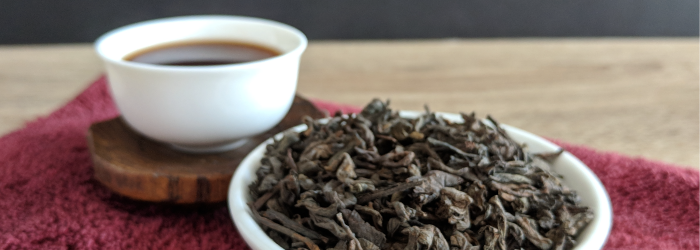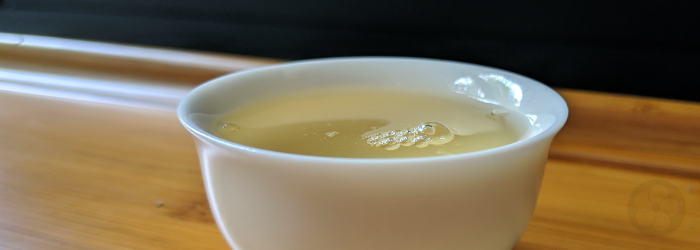For a large number of tea drinkers in the modern world, tea bags are the norm. In any regions where European influences have shaped the tea culture, bagged teas are readily available in grocery stores and cafes, while loose leaf teas are sold in specialty shops, associated with special brewing rituals, or generally considered “too fancy” for everyday consumption.
In fact, the difference between bagged and loose leaves is only that: packaging. Loose tea leaves are not always of better quality than those found in bags, and bagged teas are not always “easier” to brew. As with any aspect of tea, the manner in which the leaves are packaged is a choice that each tea drinker can make for themselves. In this blog post, we’ll break down what you can (and can’t) tell about a tea’s quality from the way it is packaged.
Continue reading


